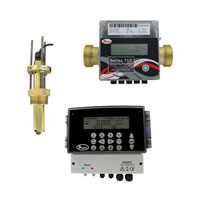 As technology advances and new ways to solve old problems are discovered, consumers are left to decide whether existing technology suffices for their specific needs or if they need to pursue new, higher cost technology alternatives. This is very much the case when considering flow instrumentation where moving parts, such as turbines and paddles, are being replaced with non-moving part technologies, such as: ultrasonic, thermal, or electromagnetic sensors. But how do you decide which of these products to select for your flow application? Below is a list of items to take into consideration when deciding between mechanical or non-mechanical technology flowmeters. Continue reading “Flow Technologies: Out With the Old, In With the New”
As technology advances and new ways to solve old problems are discovered, consumers are left to decide whether existing technology suffices for their specific needs or if they need to pursue new, higher cost technology alternatives. This is very much the case when considering flow instrumentation where moving parts, such as turbines and paddles, are being replaced with non-moving part technologies, such as: ultrasonic, thermal, or electromagnetic sensors. But how do you decide which of these products to select for your flow application? Below is a list of items to take into consideration when deciding between mechanical or non-mechanical technology flowmeters. Continue reading “Flow Technologies: Out With the Old, In With the New”
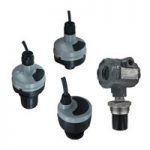

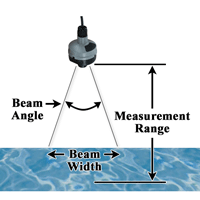

 There are numerous factors that lead to regulatory compliance, including: reputation, image, ethics, competition, and survival. Regulatory is often looked at as the “show-stopper” or obstacle in many manufacturing processes. While regulatory may sometimes be perceived as negative, it can also be the main key to a company’s success.
There are numerous factors that lead to regulatory compliance, including: reputation, image, ethics, competition, and survival. Regulatory is often looked at as the “show-stopper” or obstacle in many manufacturing processes. While regulatory may sometimes be perceived as negative, it can also be the main key to a company’s success. 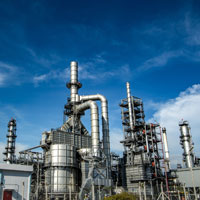

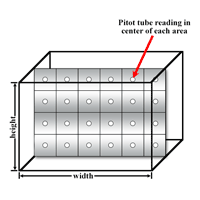
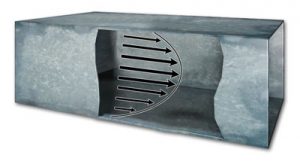 The velocity of an air stream in a duct is not uniform over the cross section of the duct. This is because friction against duct walls causes the air velocity to be lower near the sides than the velocity in the center, creating a parabolic velocity profile.
The velocity of an air stream in a duct is not uniform over the cross section of the duct. This is because friction against duct walls causes the air velocity to be lower near the sides than the velocity in the center, creating a parabolic velocity profile.